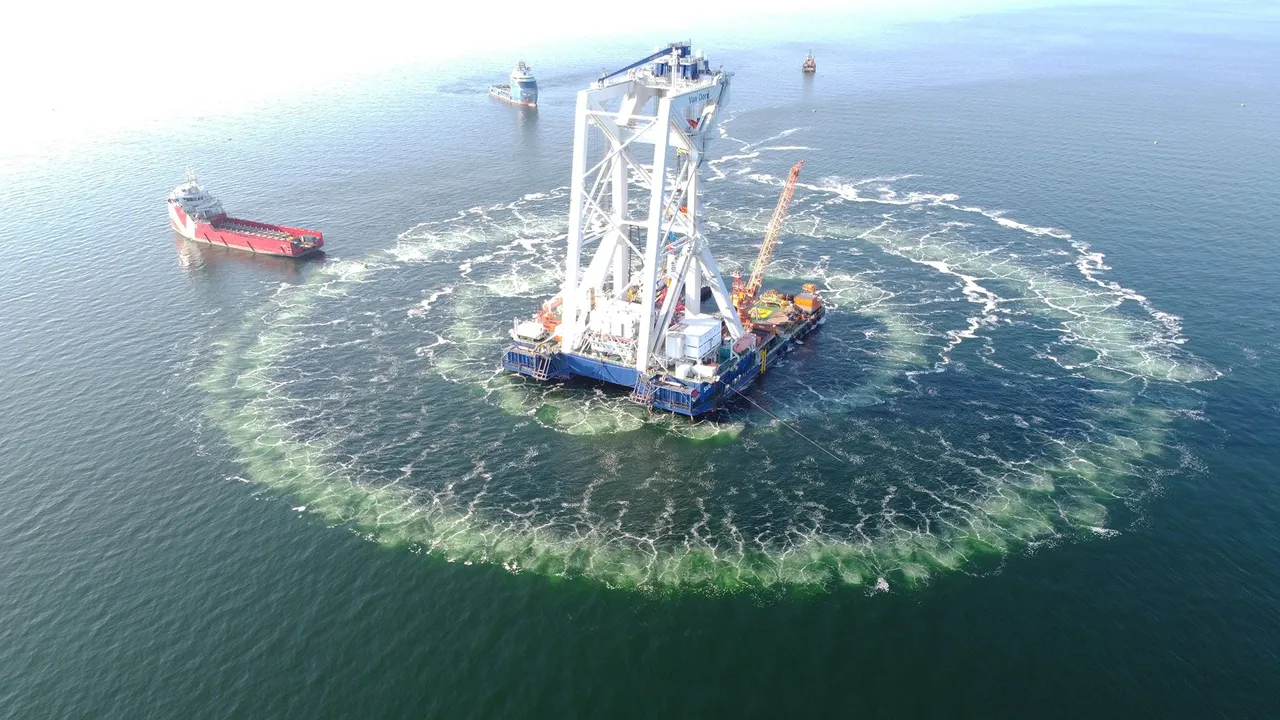Science bits: Bubble veil technology; Printed human hand
To reduce underwater sounds from constructing giant wind turbines, engineers have developed bubble veils that reduce sound levels by up to 99%. The BBC writes:
A very large, perforated hose is laid on the seabed, encircling the wind turbine site. Air is pumped through, and bubbles rise from the holes to the surface of the water, forming a noise-buffering veil.
The quirky gadget, also known as a big bubble veil, was pioneered in Germany to help protect the endangered harbor porpoise, the only cetacean species living in its North Sea and Baltic Sea. The bubble curtain was designed around the porpoise's specific needs and traits, lowering wind farm construction noise to a threshold deemed safe for the species, based on scientific research. Its proven muffling effect may also benefit other marine mammals that are vulnerable to noise, such as seals.
BBLs
Wind turbine - it's big
Note the person kneeling on the turbine
Note the cute ears
____________________________________________________________
____________________________________________________________
The boffins at the ETH Zürich have printed a robotic hand with bones, ligaments and tendons made of different polymers. A new laser scanning technique was used to produce hand parts with different flexibility and rigidity properties. The new technology makes it possible to 3D print special plastics with elastic qualities. This opens up new possibilities for the production of all kinds soft robotic structures, human or not.
ETH-Z writes:
“We wouldn’t have been able to make this hand with the fast-curing polyacrylates we’ve been using in 3D printing so far,” explains Thomas Buchner, a doctoral student in the group of ETH Zurich robotics professor Robert Katzschmann and first author of the study. “We’re now using slow-curing thiolene polymers. These have very good elastic properties and return to their original state much faster after bending than polyacrylates.”
This makes thiolene polymers ideal for producing the elastic ligaments of the robotic hand. In addition, the stiffness of thiolenes can be fine-tuned very well to meet the requirements of soft robots. “Robots made of soft materials, such as the hand we developed, have advantages over conventional robots made of metal. Because they’re soft, there is less risk of injury when they work with humans, and they are better suited to handling fragile goods,” Katzschmann explains.
A 2 minute video shows how they done it
The research paper is here.
By Germaine: I am not a robot







Comments
Post a Comment